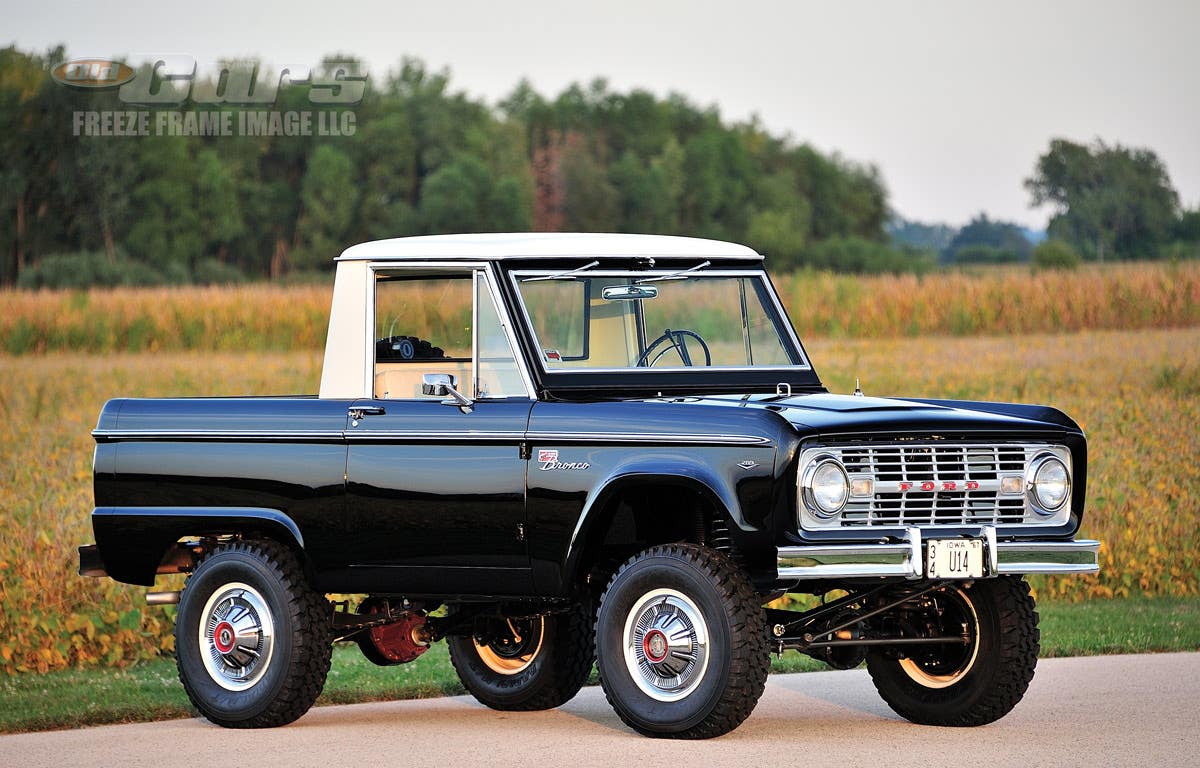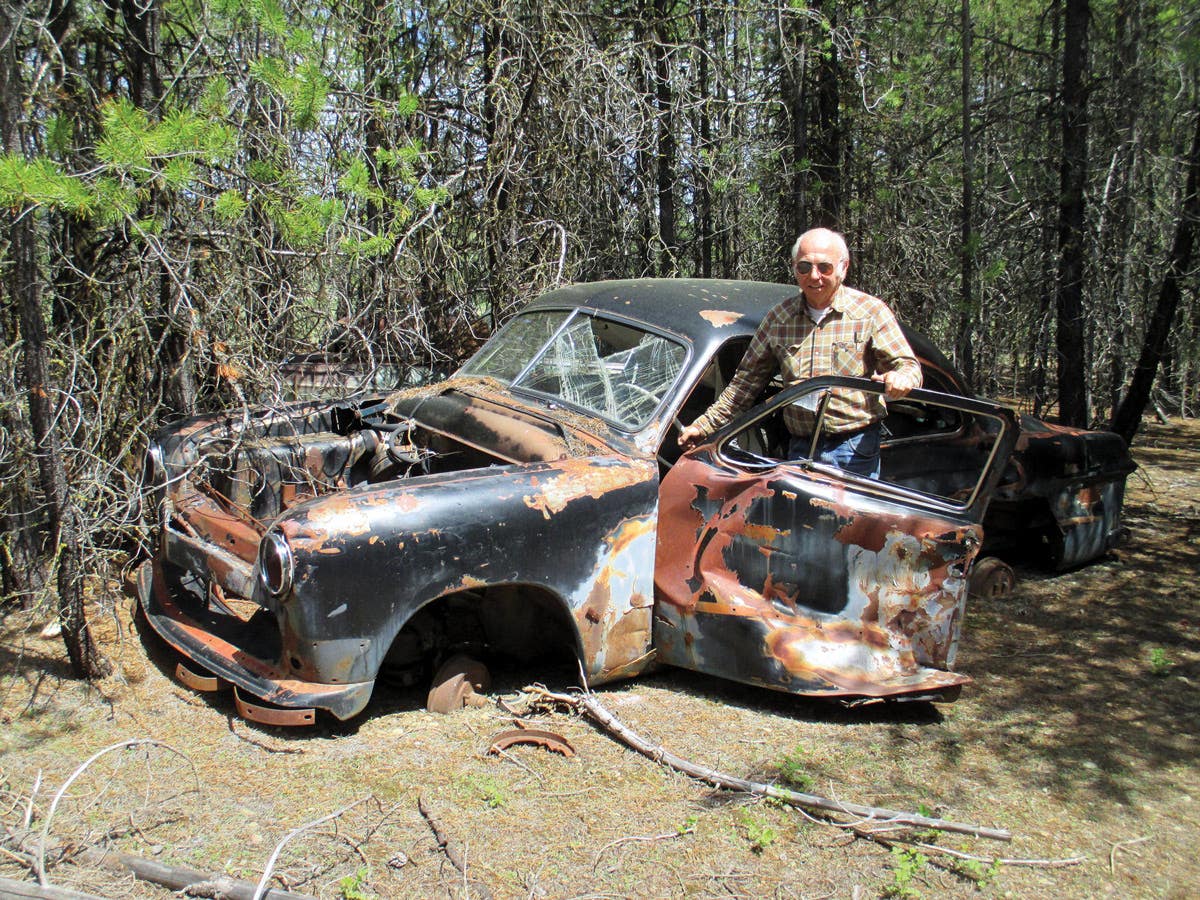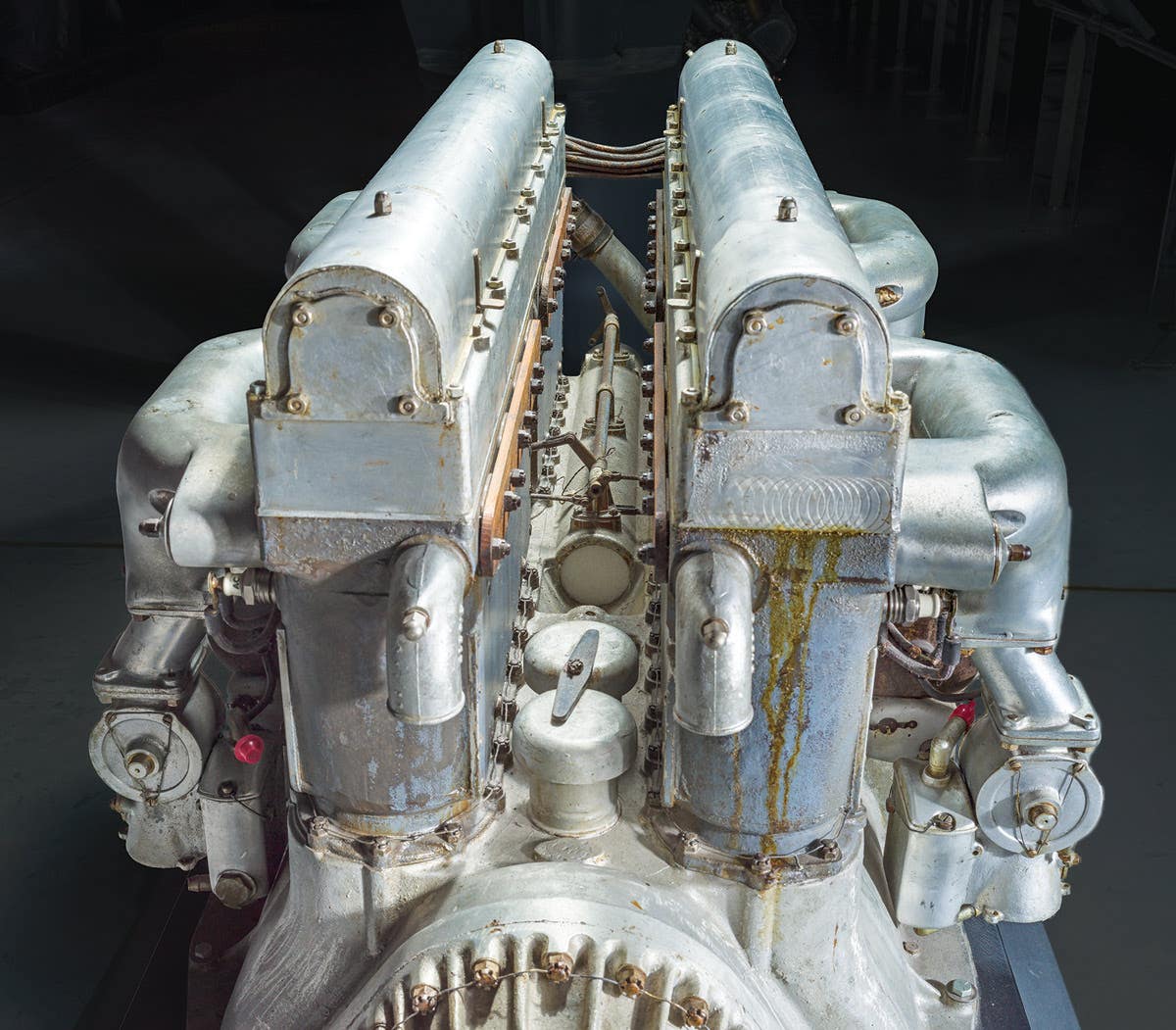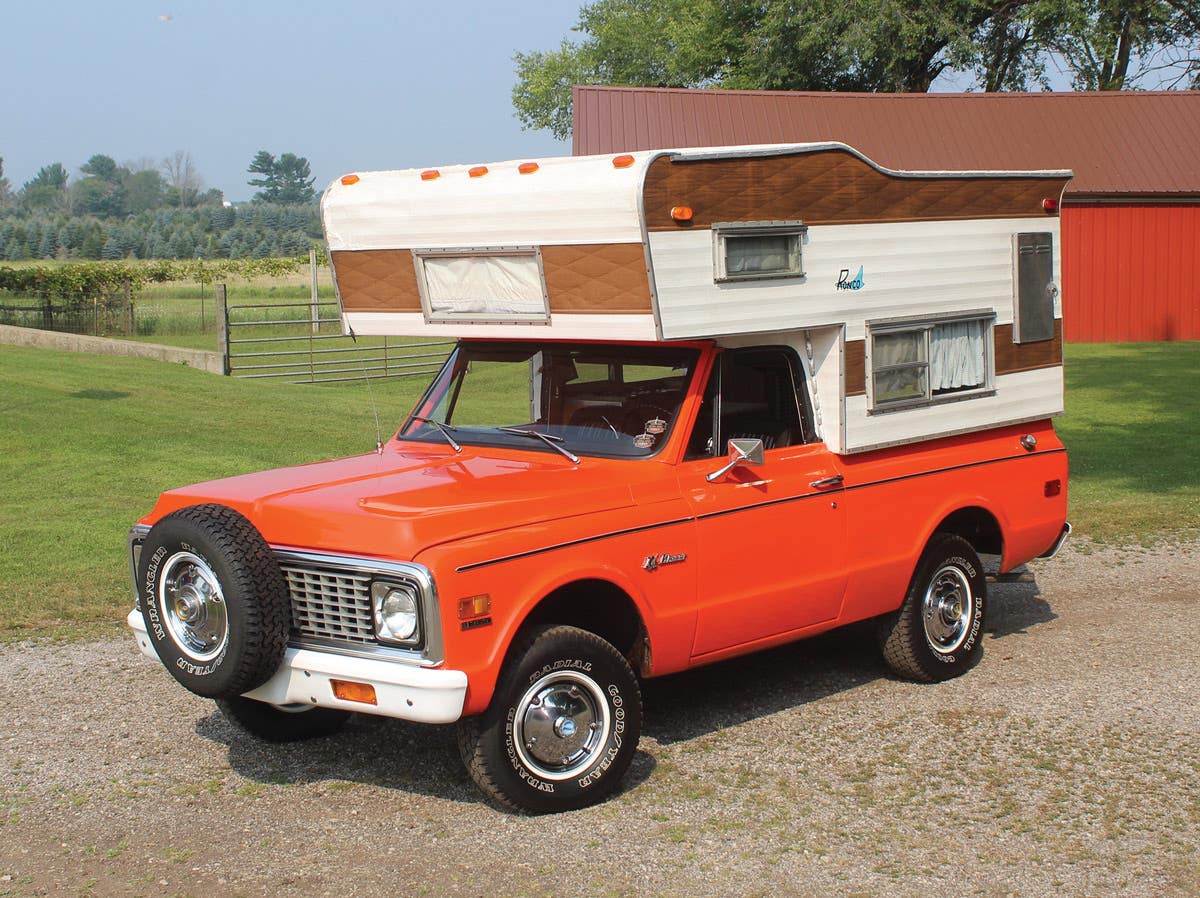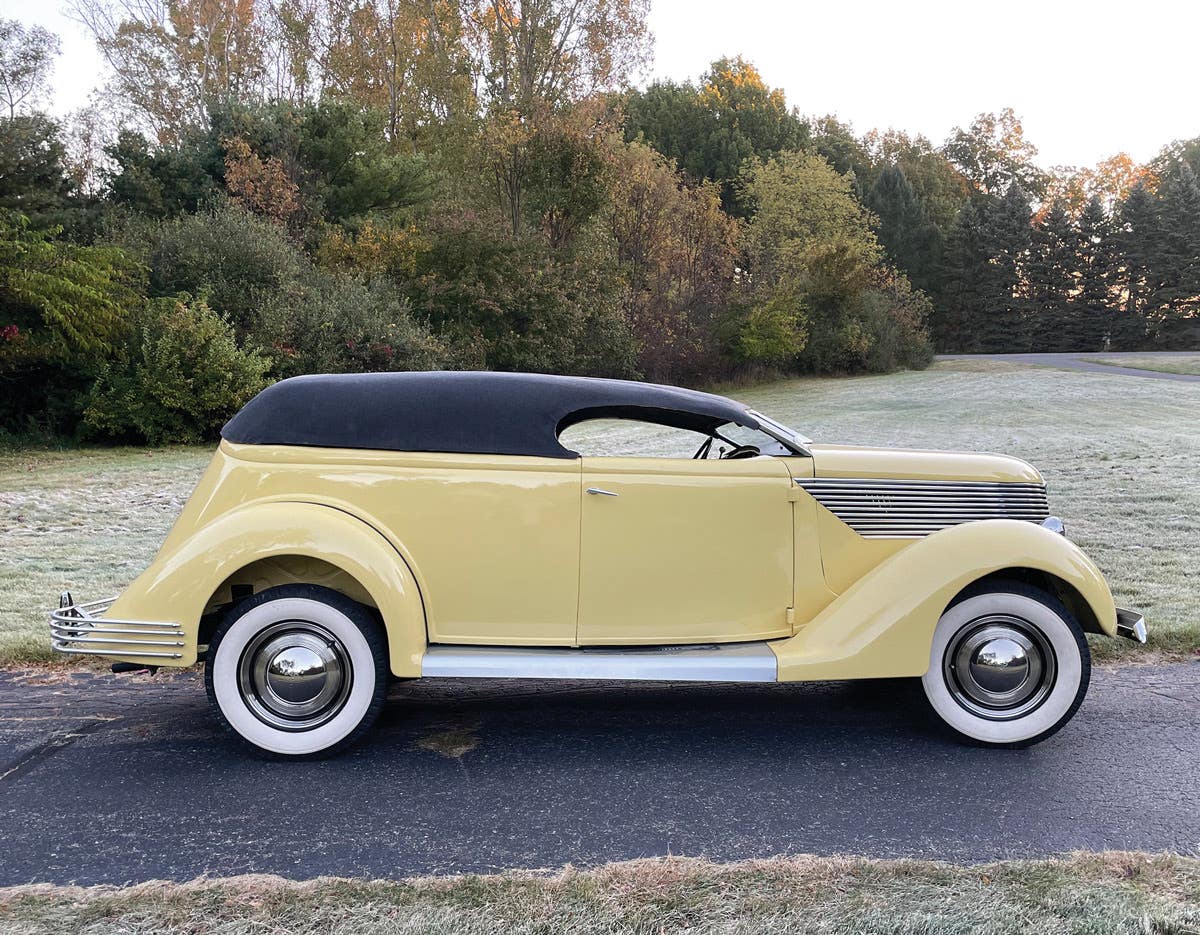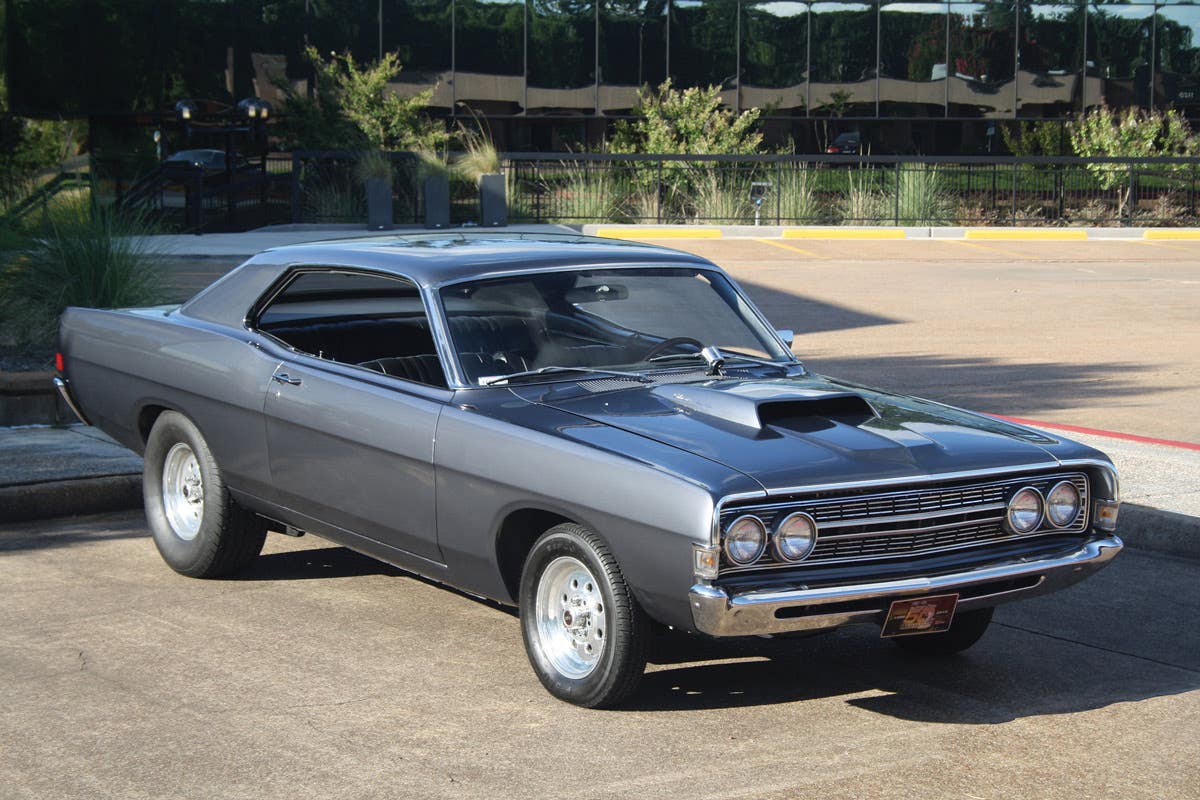Q&A with Kit Foster: November 13, 2014
Q. I have bought back my original car and am restoring it with my son. It is a 1968 Oldsmobile Cutlass S two-door hardtop. The original window sticker was still…
Q. I have bought back my original car and am restoring it with my son. It is a 1968 Oldsmobile Cutlass S two-door hardtop. The original window sticker was still in the glove box. The car has a Rocket 350 engine, Muncie four-speed without console, positraction rear end with 3:91 gears, SS wheels, single exhaust, two-barrel carb, vinyl top. My question to you: Is there a book of knowledge available or a website to see just how many of this type of features cars were made in 1968?
— Jim McCracken, Saint James, Mo.
A. In a word, no. In order to compile what I think you’re looking for, the number of cars exactly (or nearly) like yours, you would need the build records for all 1968 Cutlasses. When you see “one of 50 with this array of options” it is typically for cars with a relatively small production run, like Shelby Mustangs, where the job of tallying the totals is manageable. Manufacturers rarely compiled statistics like that because they had little or no utility in the production or service processes.
Actually, for General Motors divisions the availability of information is quite limited. Cadillac and Pontiac kept the best data. Cadillac’s records go back to 1903, and build sheets are available for most cars from the GM Heritage Center (www.gmheritagecenter.com, build records at http://www.gmmediaarchive.com/?page=2#). Pontiac’s archives have been spun off as PHS Automotive Services, Inc. (www.phs-online.com). Apparently the archives from the former Oldsmobile History Center in Lansing, long in the care of Jim Walkinshaw and the late Helen Earley, have been divided between the R.E. Olds Transportation Museum (www.reoldsmuseum.org) and the GM Heritage Center. The GM Heritage website lists several types of information packages available, but they all look fairly general in nature and coverage is spotty.
-------------------------------------------------------------
Q. I hope you or your readers can help. I have a crate V-8 Chevy (295 hp) installed in a 1946 Plymouth. The radiator is stock ’46 Plymouth. It has been cleaned and has no leaks. It has a large electric fan in front of the A/C condenser and radiator, and a smaller electric fan on the engine side. There is a 13-lb. radiator cap and a 180-degree thermostat. I have tried a 7-lb. radiator cap and a 160-degree thermostat (didn’t work). When moving on a highway it is fine. When sitting and idling it overheats.
—Warren J. Broz, Pittsburgh, Pa.
A. I think you have a basic thermodynamics problem. Your crate engine presumably has a clean cooling system and a working water pump, and you say the radiator has been cleaned. However, it was designed to cool a 95-bhp engine, not one cranking out nearly 300. Neither was it intended to be working against an air conditioning condenser, which is also pushing out heat. Scout around and find a radiator equivalent to a Chevy four-row core that will fit your Plymouth. Keep the 180-degree thermostat and the 13-lb. cap. Your engine wants to run in that environment, but it needs more cooling to stay in range.
-------------------------------------------------------------
Q. This is in response to Ronald Weinger’s fender skirts (Sept. 18). I have a similar pair on a 1967 Ford convertible, plus another pair. The clamping mechanism is the same, but mine are 29-1/2 inches long, tip to tip, and 9-1/4 inches high at the center. They have no trim at all, but have a label “This is a genuine Foxcraft” (there is no other information on manufacturer or address). They are also marked “left” and “right.”
Ronald does not mention whether he has the mounting brackets necessary at each end of the skirt. The clamp only anchors the center at the top. Hollander’s [interchange manual] does not mention fender skirts. However, it does have “exterior molding illustrations,” which show rear wheel wells (my manual covers 1960-’70).
— Bob Kaiser, Buffalo, N.Y.
A. The plot thickens! This helps explain why Mr. Weinger’s skirts and those from Mel Jameson’s Corvair (Oct. 16) are different sizes. Foxcraft was a well-known aftermarket manufacturer, so their skirts were made to fit a wide variety of cars. Mr. Kaiser included a copy of Foxcraft’s installation instructions showing brackets that clamp onto the lip of the fender opening and slot into the outer ends of the skirt. As he explains, the brackets are necessary for mounting, as the clamp at the center merely keeps the top edge from popping out. Foxcraft also made them in stainless steel. Perhaps the best way to identify Ronald Weinger’s skirts is to make a cardboard template by tracing the outer edge and cutting off the excess material. Then take the template to a number of shows and see which cars “measure up.” To make them useful, one would need a set of brackets, which presumably are of a universal design to fit many cars.
To submit questions to this column: E-mail angelo.vanbogart@fwmedia.com or mail to: Q&A, c/o Angelo Van Bogart, 700 E. State St., Iola, WI 54990-0001.
Got Old Cars?
If you don't subscribe to Old Cars Weekly magazine, you're missing out on the only weekly magazine in the car hobby. And we'll deliver 50 issues a year right to your mailbox every week for less than the price of a oil change! Click here to see what you're missing with Old Cars Weekly!
More Resources for Car Collectors:
- Classic car price guides, research, books, back issues of Old Cars Weekly & more
- Get expert restoration advice for your classic car
- Get car pricing, data and history all in one place
- Sign up for Old Cars Weekly's FREE email newsletter
- Need to buy or sell your classic car? Looking for parts or memorabilia? Search our huge online classified marketplace



